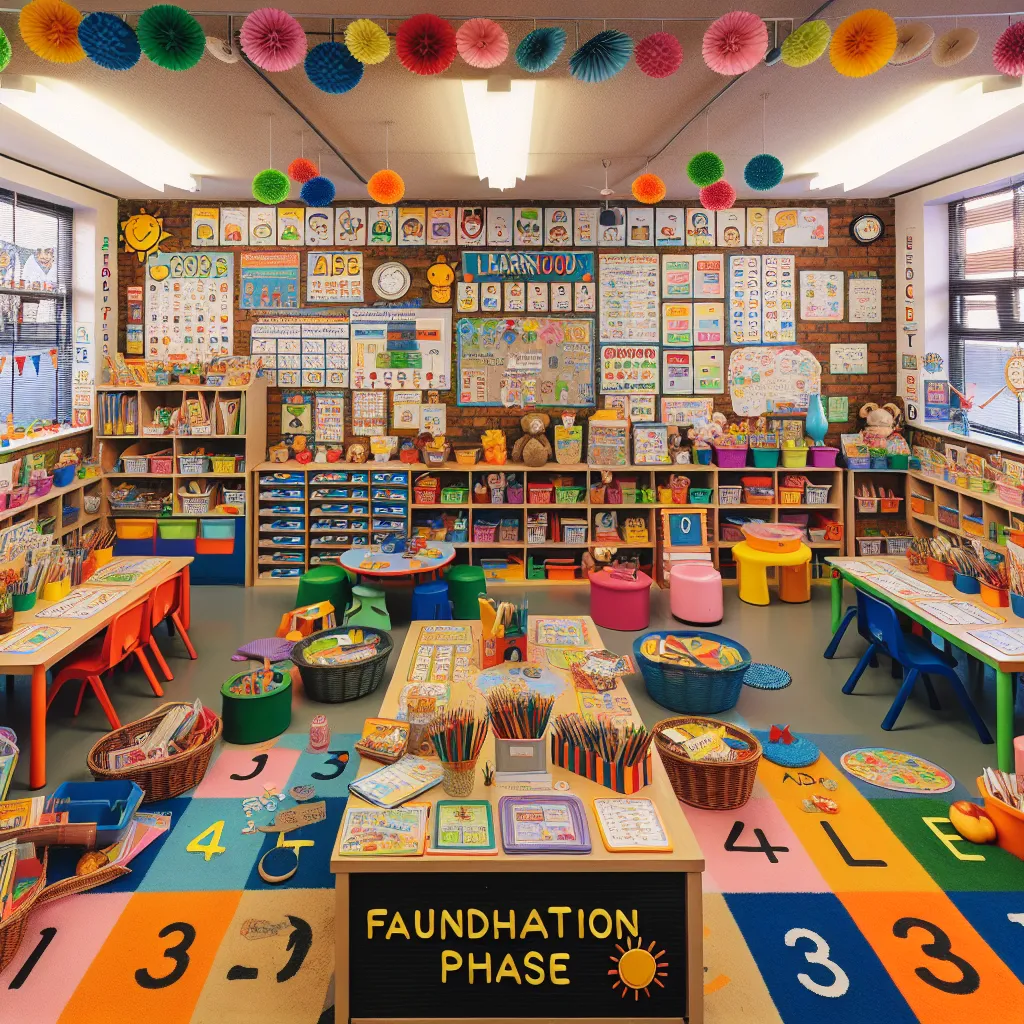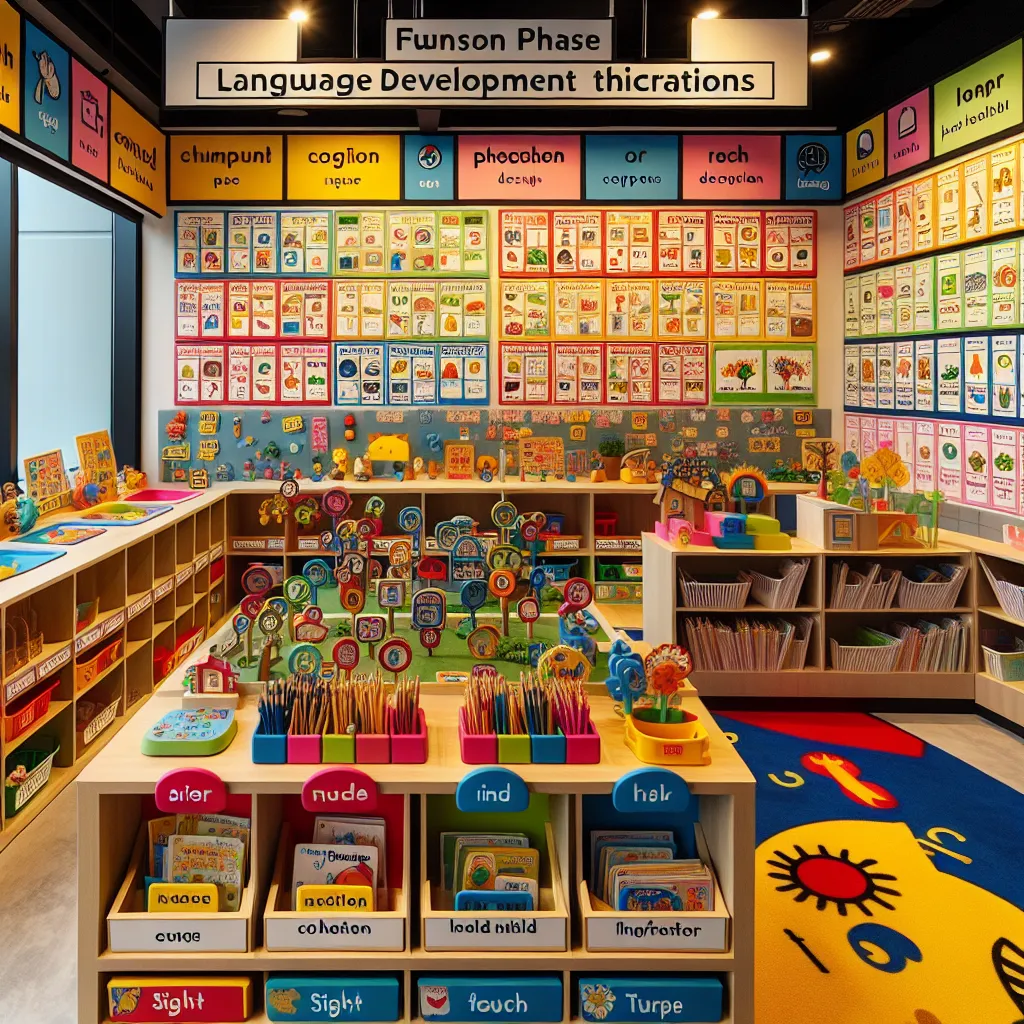Ask AI on The Internet
Question: QUESTION 1 [25] Read the scenario and respond to the questions below. Scenario It is nearing Mother's Day, and teacher Rose has planned for the children to make Mother’s Day cards. Teacher Rose supplies the children with different pieces of paper she has cut out for the main structure of the card, different re-usable waste material, small circles, different shapes and crayons. She gives the children clear instructions about creating Mother’s Day cards. The children remain silent as they carefully listen to her instructions about creating the cards. They are too afraid to make any mistakes. Teacher Rose is pleased to see all the different beautiful cards that the children have created. The children are very happy the activity is over and run off to play outside. 1.1 Identify any two literacy skills that learners can acquire from this activity. (4) 1.2 Compare the role of the teacher to the role of the learners in this lesson. Give reasons to justify your response. (10) 1.3 Examine the language teaching theory underpinning this lesson and substantiate your reasoning. (5) 6 1.4 Evaluate the level of fun these children had and argue why fun is such an important component in Foundation Phase teaching and learning. (3) 1.5 Evaluate the technique the teacher had used to assess the learners. How would you have assessed the learners? (3) QUESTION 2 [14] Assessment in preschool is highly informal and takes into account the child in totality. The assessment does not only refer to the child, but it includes the assessment of the programme, the classroom features and the teacher himself or herself, since these have a bearing on the development of the child in totality (Study Guide, 2018). 2.1 Argue the need for (or the role of) the following assessment tools. 2.1.1 Checklists (4) 2.1.2 Anecdotal notes (4) 2.2 Distinguish between summative assessment and formative assessment. Provide suitable examples to support your arguments. (6) QUESTION 3 [11] Use the picture below to answer the following questions: 3.1Investigate and discuss the reading strategy being used in the illustration for teaching reading in the Foundation Phase. (4) 3.2Discuss ways in which big books can be introduced to young learners. (4) 3.3 Provide three advantages of reading aloud to young children. (3) EML1501/105/0/2024 7 QUESTION 4 [20] Read the following excerpt and respond to the questions below. According to Mohangi, Krog, Stephens and Nel (2016), the early childhood sector in the South African education system had been marginalised for many years. However, recently the early childhood sector has been receiving attention, as emergent literacy in this phase is the precursor for successful literacy acquisition especially as it prepares the learner for formal literacy teaching in Grade 1. However, regardless of governmental attempts at addressing the multi-layered challenges associated with delivery of quality education, the problems at ECD level persist and will take a while to be fully resolved. 4.1Identify any two challenges that are related to literacy development that are highlighted by the writers in this excerpt. (4) 4.2Assess the causes of those challenges. (6) 4.3Describe your approach in addressing and resolving each of these challenges within your classroom. (10) QUESTION 5 [30] 5.1 Briefly explain how motor development impacts on writing skills. (5) 5.2 Discuss the importance of eye-hand coordination towards the development of writing skills. (5) 5.3 Summarise Skinner’s theory and explain how positive reinforcement can be applied to support language acquisition. (10) 5.4 The language experience approach maintains that children learn better when they learn from their own experience. Evaluate and give your opinion about the language experience approach. (10)
**QUESTION 1** 1.1 **Literacy Skills Acquired from the Activity:** 1. **Listening Comprehension:** The children are carefully listening to instructions which enhances their ability to understand and follow spoken language. 2. **Creative Expression:** Creating personalized Mother's Day cards allows children to express their thoughts and ideas, promoting their ability to communicate through written and visual means. 1.2 **Role of the Teacher vs. Role of the Learners:** - **Teacher's Role:** - **Facilitator:** Teacher Rose provides materials and instructions, guiding the activity's structure and ensuring the children understand the task. - **Evaluator:** She assesses the children's work, noting their ability to follow instructions and create varied and personalized cards. - **Learners' Role:** - **Listeners:** The children must pay close attention to the instructions provided by Teacher Rose. - **Creators:** They engage with the materials provided, using creativity and motor skills to produce their cards. **Reasons:** - The teacher sets the parameters and provides the crucial support and resources needed for the task. - The learners take an active role in applying the instructions and utilizing their creativity and skills to complete the project. 1.3 **Language Teaching Theory Underpinning the Lesson:** The lesson is underpinned by **Constructivist Theory**. This theory posits that learners construct their knowledge and understanding through experiences. By engaging in the hands-on activity of making cards, the students are actively constructing their knowledge and literacy skills. 1.4 **Level of Fun in the Activity:** The level of fun seems minimal as children are described as being happy merely when the activity is over and quickly run off to play outside. Fun is crucial in the Foundation Phase because it helps sustain engagement, fosters a love of learning, and promotes motivation and enthusiasm for educational activities. 1.5 **Assessment Technique:** - **Technique Used:** Teacher Rose assesses the learners based on the final product – the completed cards. - **Suggested Assessment:** - I would utilize **formative assessment techniques** such as observing children during the activity to evaluate their engagement and process. - Asking reflective questions during and after the activity to understand their thought process and providing immediate feedback to guide and improve their skills. **QUESTION 2** 2.1 **Assessment Tools:** 2.1.1 **Checklists:** - **Need/Role:** - **Systematic Evaluation:** Checklists help ensure all necessary skills or behaviors are evaluated systematically. - **Consistency:** They provide a consistent framework for assessing multiple children. 2.1.2 **Anecdotal Notes:** - **Need/Role:** - **Detailed Observations:** Anecdotal notes capture specific and detailed observations about a child’s behavior and interactions, providing deeper insight into their learning progress. - **Contextual Understanding:** They offer context for certain behaviors and skills, aiding in personalized learning plans. 2.2 **Summative vs. Formative Assessment:** - **Summative Assessment:** Evaluates student learning at the conclusion of an instructional period. Example: End-of-term exams. - **Formative Assessment:** Ongoing assessments aimed at providing feedback to improve ongoing teaching and learning. Example: Mid-lesson snap quizzes or observational assessments. **QUESTION 3** 3.1 **Reading Strategy in the Illustration:** The strategy represented is likely **Shared Reading**, where the teacher reads aloud while children follow along, promoting engagement and understanding of the text through collective participation. 3.2 **Ways to Introduce Big Books:** 1. **Interactive Storytelling:** Engaging students with questions about the cover and illustrations. 2. **Prediction Activities:** Asking students to predict the story based on the title and pictures before reading. 3. **Role Play:** Incorporating role-play activities to act out parts of the story. 3.3 **Advantages of Reading Aloud to Young Children:** 1. **Language Development:** Enhances vocabulary and understanding of sentence structure. 2. **Listening Skills:** Improves attention and listening comprehension. 3. **Love for Reading:** Fosters a positive attitude towards books and reading. **QUESTION 4** 4.1 **Challenges in Literacy Development:** 1. **Marginalization of Early Childhood Sector:** The sector has been historically overlooked. 2. **Quality of Education Delivery:** Ongoing issues in the provision of quality education at the ECD level. 4.2 **Causes of These Challenges:** 1. **Marginalization:** Lack of resources, recognition, and support for the early childhood sector. 2. **Quality of Education:** Insufficient training for ECD educators, inadequate infrastructure, and lack of learning materials. 4.3 **Addressing and Resolving Challenges:** 1. **Marginalization:** Advocacy for better funding and resources, continuous professional development for teachers. - Integrating more community and parental involvement to ensure that the importance of ECD is recognized and valued. 2. **Quality of Education:** Implementing regular teacher training programs, ensuring access to adequate teaching materials and creating an enriched learning environment. - Establishing collaborations with local organizations to support resource provision and teacher workshops. **QUESTION 5** 5.1 **Impact of Motor Development on Writing Skills:** Motor development facilitates the physical capabilities required for writing, such as grip strength, hand-eye coordination, and fine motor control. Without these, children may struggle to write legibly and comfortably. 5.2 **Importance of Eye-Hand Coordination:** Eye-hand coordination enables children to focus on the movement of their hands while guiding their writing instruments, essential for accurate letter formation and aligning writing on a page. 5.3 **Skinner’s Theory and Positive Reinforcement:** - **Skinner’s Theory:** B.F. Skinner's behaviorist theory emphasizes that behavior can be shaped by reinforcement. - **Positive Reinforcement:** In language learning, rewarding children for attempts and successes in language use encourages repeated efforts and engagement. Examples: Praises, stickers, or other rewards for correct responses or participation. 5.4 **Language Experience Approach (LEA):** - **Evaluation and Opinion:** - The LEA aligns with constructivist theories, as it builds upon a child’s own experiences to make learning meaningful and relatable. - It respects and utilizes the child’s natural language, promoting confidence in their linguistic abilities. - Encourages active involvement from the learner, leading to greater engagement and retention. - **Opinion:** Personally, I find the LEA to be highly effective for young learners as it combines experiential learning with language acquisition, fostering a deeper connection to the material and intrinsic motivation.
Think your answer is better than the AI's? Post it below.
Other Most Relevant Posts:
 1. **Visual Stimuli for Language Learning**
2. **Print-Rich Classrooms for Language Mastery**
3. **Environmental Print in Reading Development**
4. **Parental Impact on Early Literacy Skills
1. **Visual Stimuli for Language Learning**
2. **Print-Rich Classrooms for Language Mastery**
3. **Environmental Print in Reading Development**
4. **Parental Impact on Early Literacy Skills
Question Tags
If you want your question answered by an AI, click here.






Post your own comment: